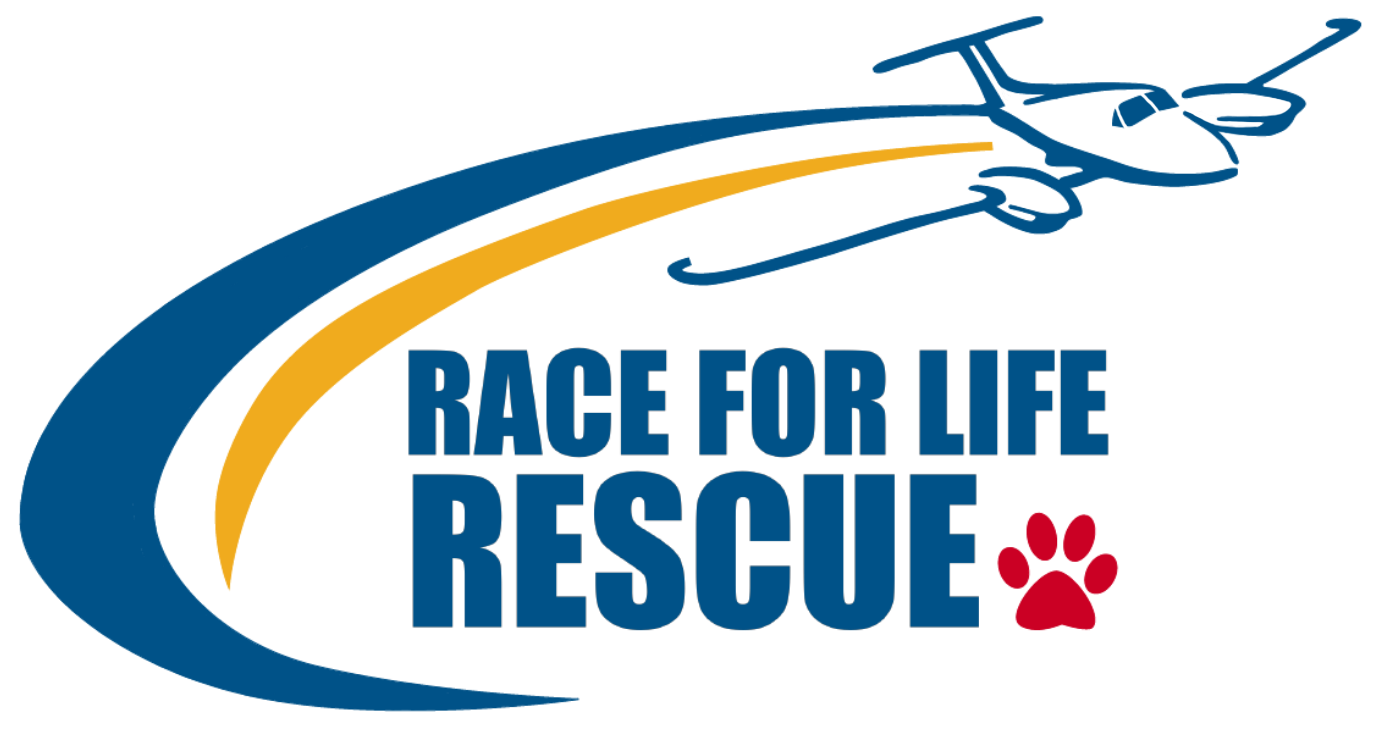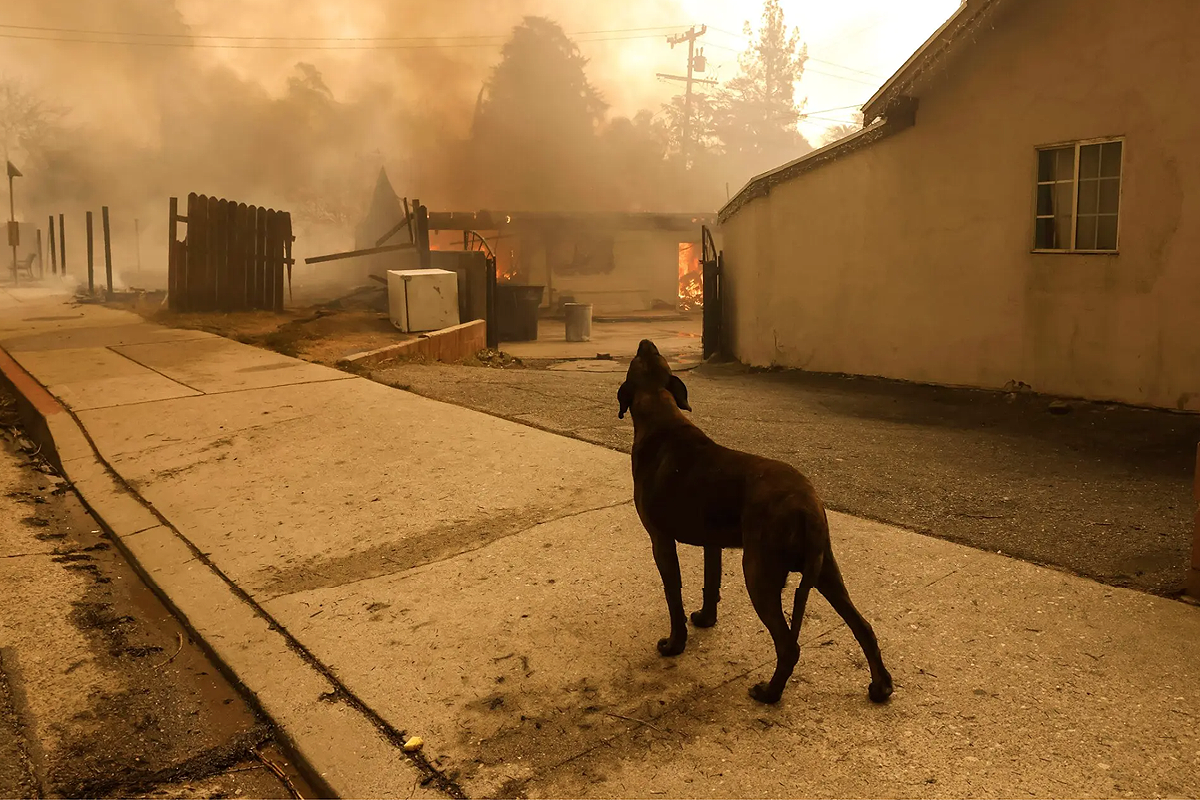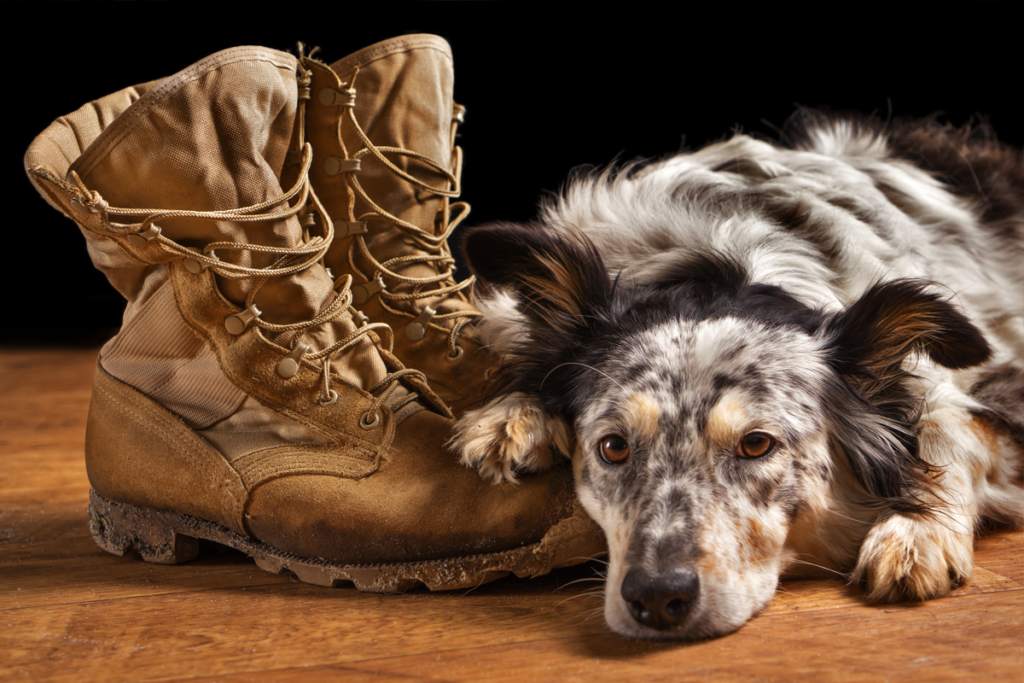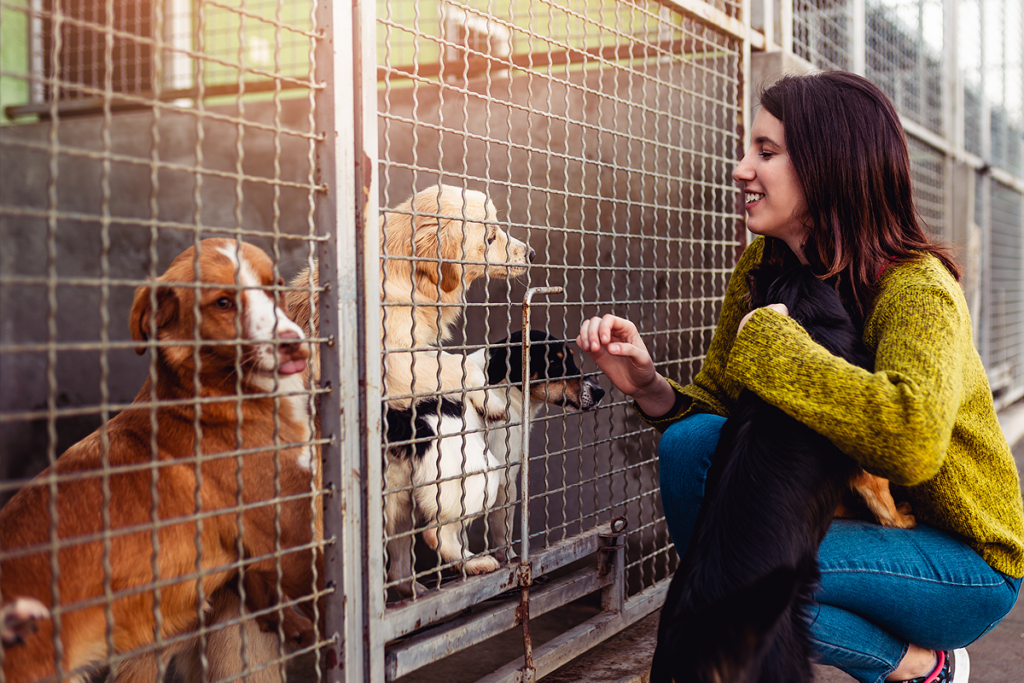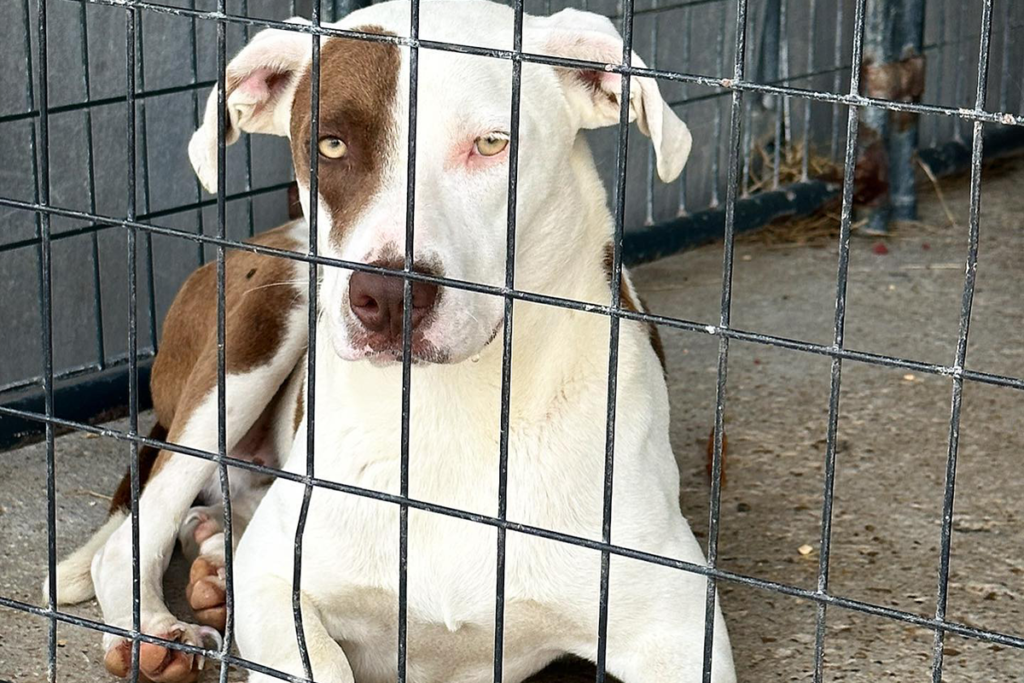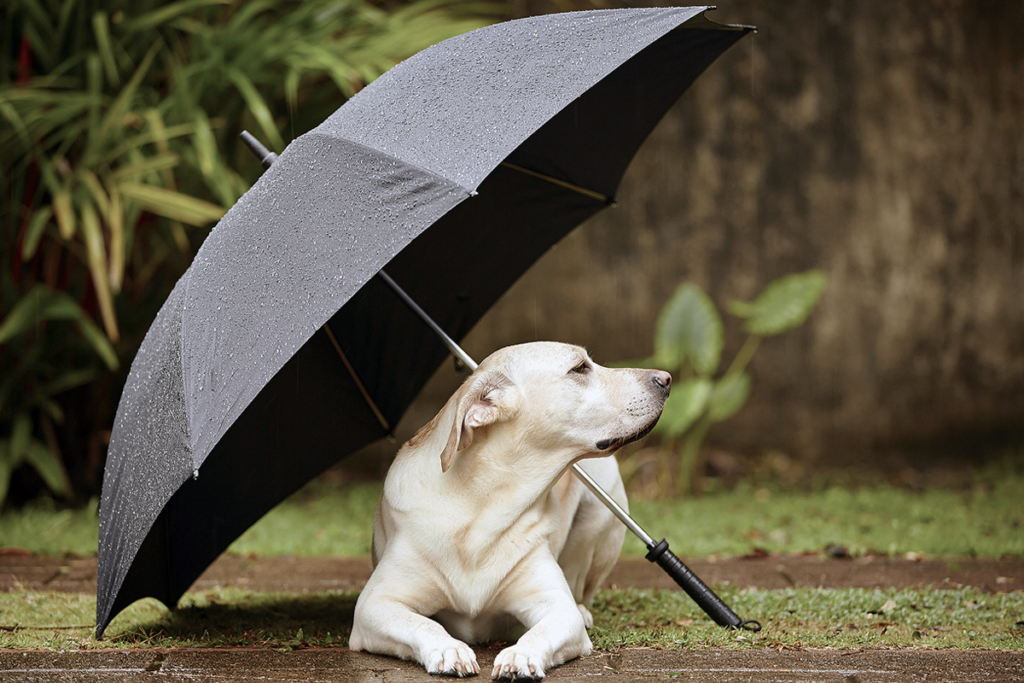Last summer we shared some wildfire facts and preparatory information in our July blog post, in response to the Park fire, which burned across Butte and Tehama counties, burning over 670 sq miles of land in northern California. Just six months later, multiple fires swept across the Los Angeles area, leaving 29 people dead, incinerating over 50,000 acres and destroying more than 23,000 structures. Like super storms, these wildfires are burning faster, hotter, and with more force than ever.
In fact, fire alerts this early in the year, let alone within the first three weeks, are quite rare. However, over 170 fire alerts were detected in the Los Angeles area as of January 13th – more than 100 times the average for the same timeframe from 2012 through 2024. As a result, the LA wildfires became one of California’s most devastating fires to date.
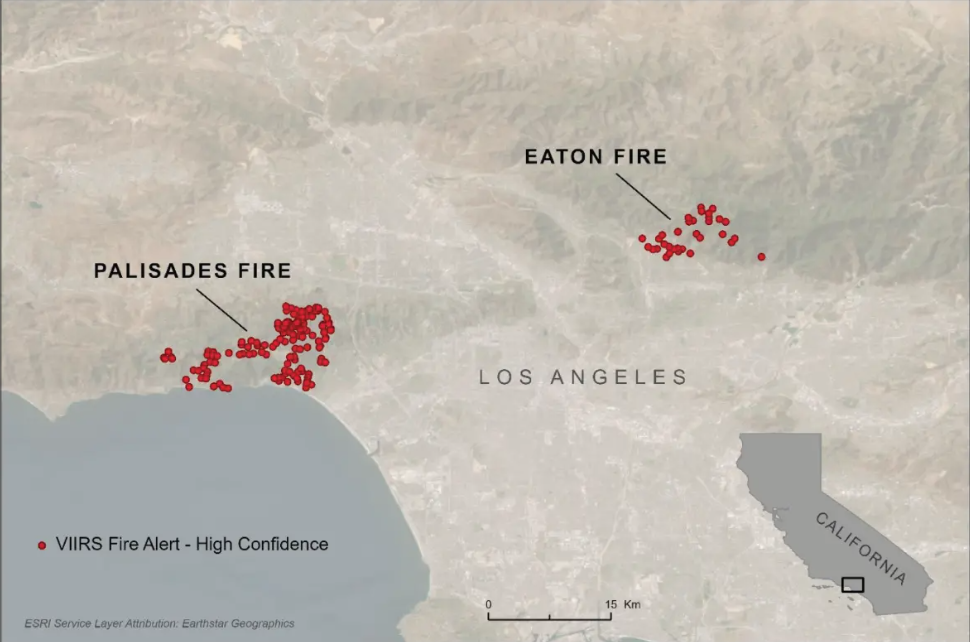
In California, wildfire season typically begins in June and continues through October, when the weather is hot and dry. Typically, conditions change toward the end of the year, bringing rainfall to much of the state. Cool temperatures and rainy winter months keep wildfire activity low.
This year, the rain did not come. Following a summer of record-breaking temps and extreme heat, the rainfall from October through January as far below normal: only around 4% of the typical amount. This lack of rain, combined with strong and dry Santa Ana winds, led to a surge in fire activity. While this level of intensity is historic, fires have become increasingly devastating in California over the past two decades.
Fire is, on average, the largest driver of tree cover loss in the state. In 2020 and 2021, California lost a record 1.73 million acres to fire. The increasing frequency and intensity of wildfires in California can be attributed to a combination of natural and human-induced factors, with climate change playing a central role. Rising global temperatures have created hotter, drier conditions across the landscape. This makes fires not only more likely to ingate, but easier to spread. The hottest years on record globally, 2023 and 2024, have seen extreme heat intensify droughts and dry out vegetation, creating an ideal fuel source for wildfires.
Southern California is often affected by the Santa Ana winds, which bring strong, dry gusts that further fuel the fires and make containment difficult. This combination of heat, dryness and wind is compounded by the fact that communities are increasingly being built near vegetated areas, known as “wildland-urban interface”, putting both people and their built environment at greater risk. As average temperatures in California continue to rise, so does its vulnerability to catastrophic fires.
These communities not only bring domestic animals with them, but they encroach on wildlife as well. While wildfires are part of nature’s cycles, one might think that animals are prepared to escape fires. However, the intensity and frequency of current fires, which were mentioned earlier, are resulting in devastating and unprecedented impact on ecosystems and their animals.

Some animals may be able to flee, but many species are unable to escape the flames due to limited mobility and specific habitat requirements. These wildfires pose serious threats and long-term consequences to local ecosystems and can significantly impact species’ survival, potentially disrupting entire ecological communities. The fires threaten wildlife in multiple ways: direct mortality from flames, loss of critical habitats and food sources, and respiratory issues from smoke inhalation. The wildfires devastating residential neighborhoods in LA have also scorched vast stretches of natural habitat, potentially threatening the bears, mountain lions, squirrels and other wildlife that make these areas their home.
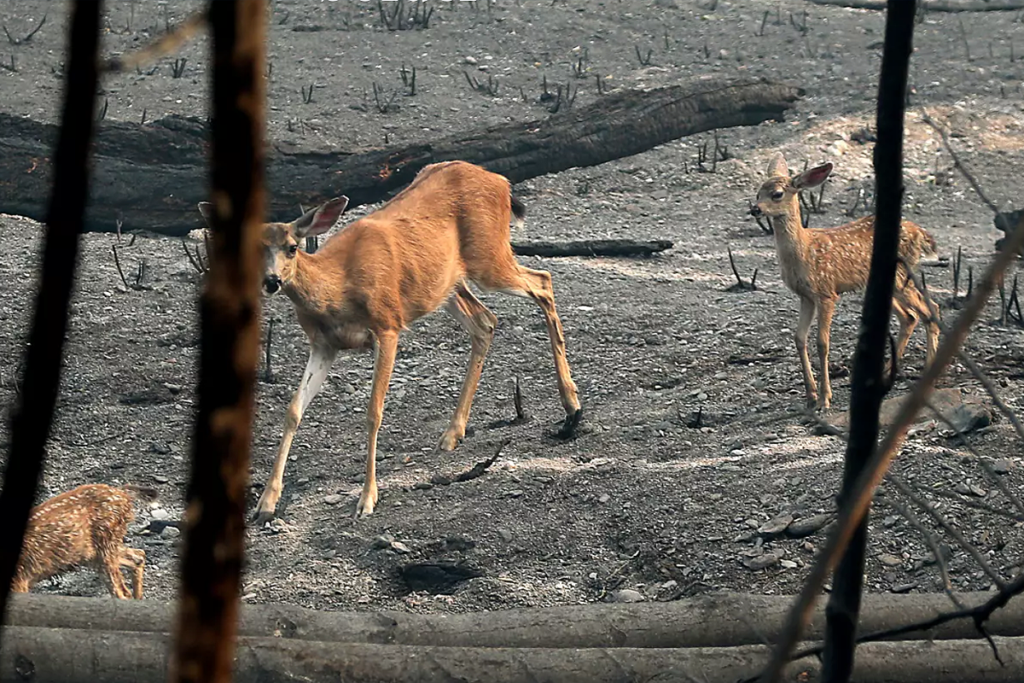
The impacts of wildfires can extend beyond the burning forests and into the Pacific Ocean through a complex chain of environmental reactions.
The LA County Department of Public Health has issued an ocean water advisory due to firefighting runoff entering coastal waters. The runoff, containing firefighting chemicals and debris, can potentially harm marine ecosystems by degrading water quality and affecting marine life. While the full environmental impact of the current situation in LA and the Pacific Ocean remains unclear, recent research indicates that runoff from fires involving common household materials, particularly polyurethane foam found in furniture and bedding, can pose significant environmental hazards.
Huge amounts of ash and smoke entering into the atmosphere can reduce sunlight penetration, creating challenges for vital marine plants such as kelp forests to photosynthesize. Ash brought by the winds can eventually end up in the ocean, changing the ocean chemistry. Although ashes can bring nutrients and boost phytoplankton growth, this sudden growth can lead to harmful algae blooms and deplete the oxygen level in the ocean. A combination of such issues can create significant challenges for marine ecosystems by interfering with the marine food webs.
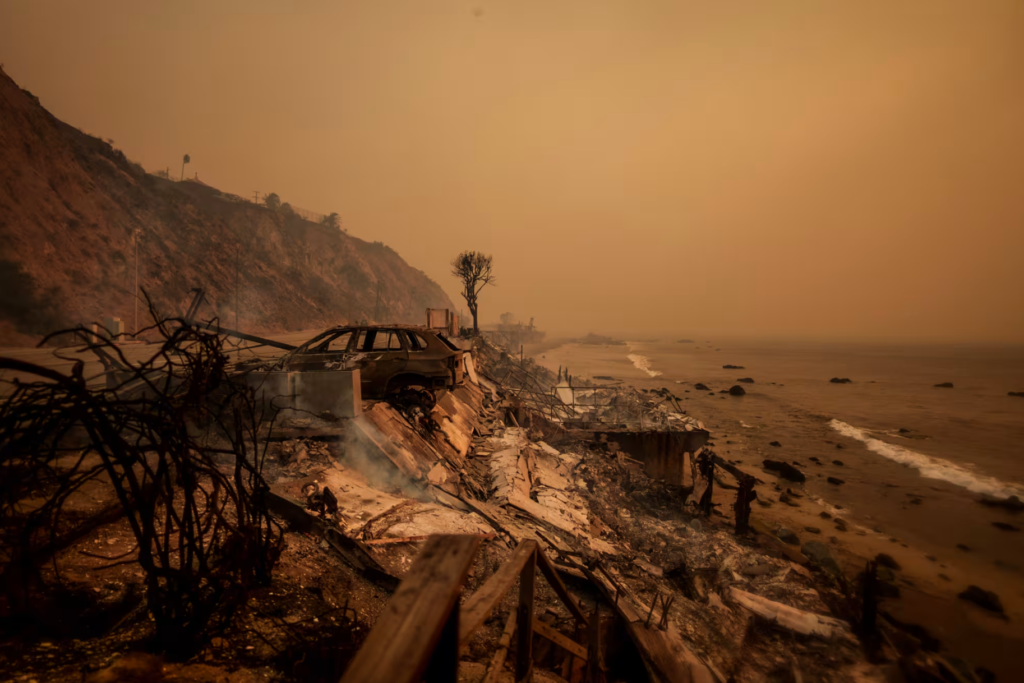
Since the outbreak of the Eaton Fire on January 7, Pasadena Humane has been at the forefront of rescuing and caring for animals affected by the disaster. The organization has taken in over 900 displaced and stray animals, with some suffering from severe burns and requiring emergency medical attention. Their efforts have led to the reunion of over 1,000 pets with their families, both at the shelter and in the field. The shelter has accommodated a diverse array of animals, and they continue to provide essential care and support to animals and their owners during this challenging time.
The unfortunate reality is that there are still many pets that have yet to be safely recovered and hundreds of pet owners have not located their beloved family members after losing their homes.
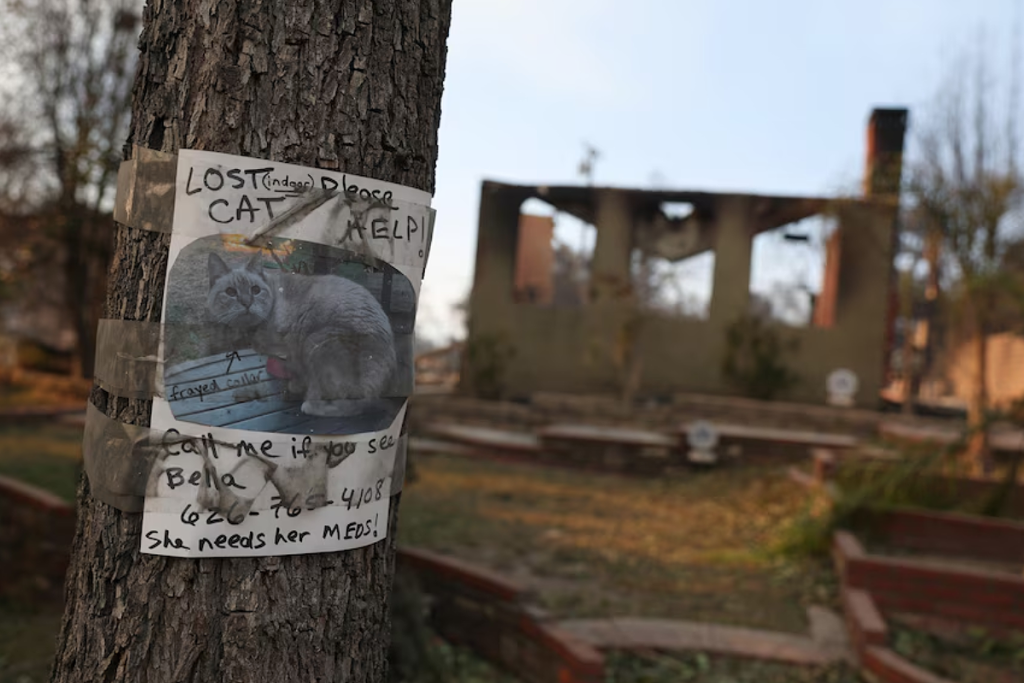
“We are logging every report of animals left behind and dispatching search and rescue teams as quickly as possible in areas that are safe to enter.”
– Kevin McManus, a Pasadena Humane Society’s spokesperson
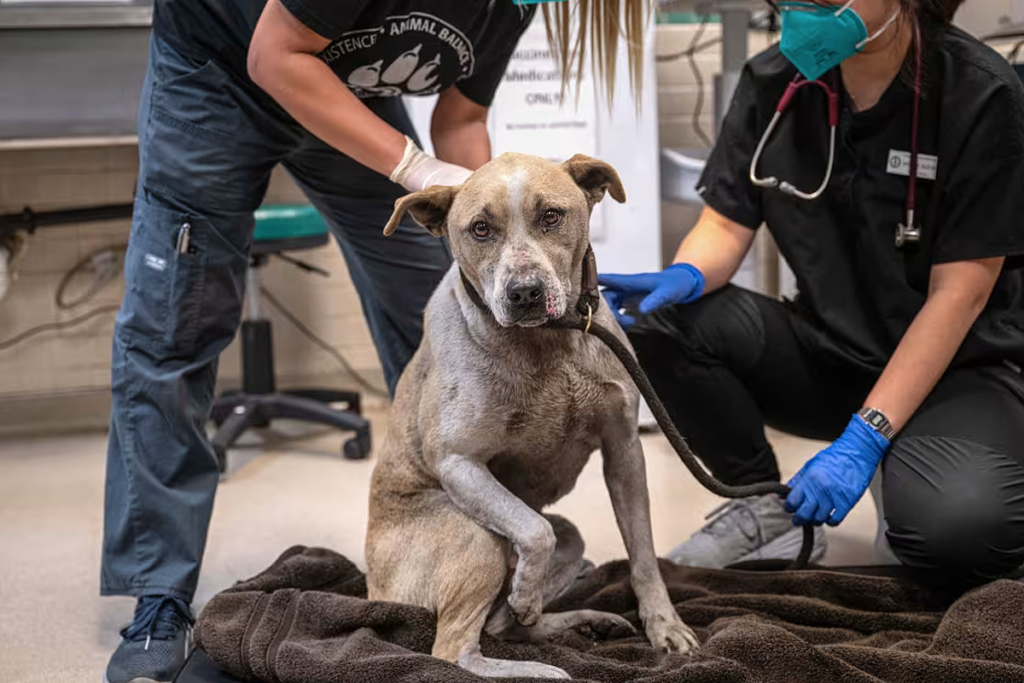
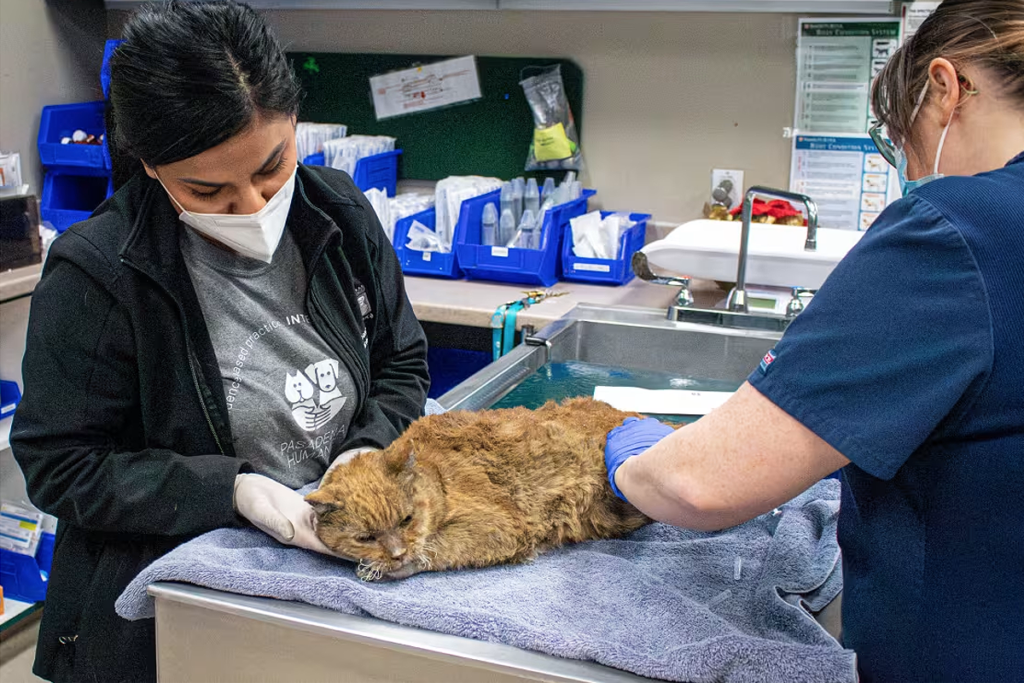
Approximately 33,000 people remained under evacuation orders and another 8,000 were under evacuation warnings as of this past weekend, according to the Los Angeles County Sheriff’s Department. Officials have set up evacuation centers across the Los Angeles area for people to bring pets and livestock. Hundreds of horses, along with some cows, pigs, sheep and donkeys were evacuated from the fire zones and brought to safety at the Los Angeles Equestrian Center. As officials work to respond to reports of animals needing help, some individuals and independent groups in the area have sprung into action to assist.
Vera Valdivia-Abdallah and her 18-year-old daughter, Tamarah Valdivia, live about 60 miles north of Altadena, California, where the Eaton Fire had burned more than 14,000 acres by Sunday.
When they saw the fires in the distance, the horse-loving duo prepared their trailers and got ready to help.

“It doesn’t matter if you know the person or not. If there is a fire in Southern California, people come with trucks and trailers. You help other equestrians, because when it’s your turn to have a fire, we will be there for you.”
– Vera Valdivia-Abdallah
Cole Bush, a livestock owner who runs a grazing business more than an hour north of the Palisades and Eaton fires said, “This is a long-game effort. Animals are going to be displaced from these temporary (evacuation) places. If they can’t go home, they’re going to need new homes, permanent new homes, until there’s a rebuild.”
Thus, they launched the Ojai Horse and Herd Network. The network, only about a week old and already growing with support from people wanting to help, operates as a directory for livestock handlers by connecting those in need with those who can offer assistance.
A fundraiser for the network has so far raised more than $28,000, which Bush says will go toward feeding and sheltering the animals and people affected by the wildfires.
“These animals are essentially family. My world revolves around the care of them. So to leave behind these creatures that rely on us to live is essentially losing a part of our meaning and connection to how we’ve chosen to live our lives. I believe that animals help us to be better humans. I believe that animals help us to understand our part in the natural world.”
– Cole Bush
Emergency response is essential, but those who continue to rescue efforts in the coming weeks and months are just as critical for the animals affected by these latest fires to have a chance at survival and mitigate a catastrophic death toll. The fires may be out of the media, but these communities will stay at the forefront of our minds with our availability at the ready.
In the meantime, there are steps they can take now to reduce wildfire risks and protect residents, such as restoring degraded forests and using controlled burns and other strategies to reduce fire fuel.
New models to pay for these activities are emerging across the U.S. In California, Forest Resilience Bonds developed by Blue Forest and WRI raised $29 million for restoration and wildfire risk reduction across 63,000 acres in the Sierra Nevada mountains. Expanding such approaches in the U.S. and elsewhere can play a critical role in safeguarding communities, homes and businesses from the growing threat of wildfires.
